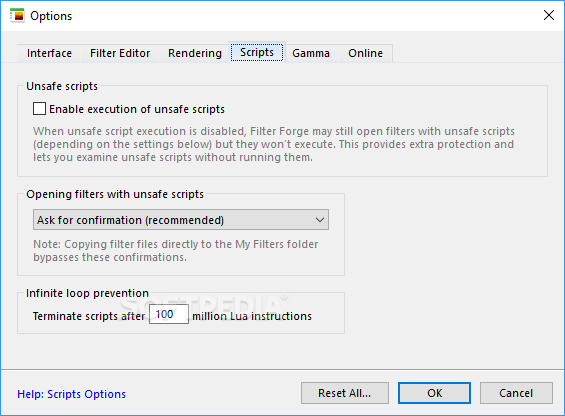
The reason the VP-330 remains so relevant and useable after all these years is because of the warmth and classic grit of vintage oscillators and filters, which, combined with some human formant filtering, result in some seriously warm patches that digital vocoding can't achieve. You'll get over 50 vintage Vocoder and String instruments, and 50 groovy percussive vocoded loops. The results sound something like if Moroder scored the soundtrack to a bunch of robot / aliens invading the bronx in the 1980s - demonic pads, primitive robot sounds, electro vox, and other-worldly FX (ie: what an alien sounds like when you kill it). By the way, we exclusively used Swedish and Japanese hardware :) We also alternated the carrier and modulating signals to maximize weirdness. And by pushing the string section through a dirty old RE-201 space echo we got something worthy of Afrika Bambaataa’s approval.įinally, we slipped in 50 drum-coded percussive loops created with the SVC-350 by running modern and classic drum machines (TR-808, TR-707, Elektron Machinedrum and Analog RYTM ) as the modulating signal, combining them with a Juno-106 as the carrier signal.

Even just a little processing on these guys (especially from our Eventide H3000) resulted in some surreal cinematic sonic beds.think Vangelis’ Blade Runner Theme. The VP's synthesis section is limited but lush - the ensembles are instantly recognizable and the strings are dark - straight out of an early 80's Moroder soundtrack. We combined pre-recorded vowels (looping them for sustain) with guttural slurs, and our own oohs and aaws, which ordinarily would sound horrible on their own - but through the VP they become magical, formant-filtered synth voices. To capture the vocoder section we experimented with a variety of techniques (sampling a vocoder is challenging, to say the least!). Lastly, we used the SVC-350 (a rackmount unit featuring the same 10 band vocoder), and pumped drum beats through it to create some wild, melodic and percussive loops. So, we got our hands on two of the most classically renowned vocoders, the VP-330 and its rack-mounted brother, the SVC-350, and went to town on some instruments and loops, in an effort to capture the elusive harmony of man and machine.ĭuring the recording process we focused primarily on three main categories: the vocoder engine, the synth engine (comprised of a rich sounding vocal ensemble and lush analog strings), and finally, a combo of both vocoder and synth.

FDR used it to coordinate the infamous D-Day landings with his allies, and Churchill absolutely detested the new technology, spouting how unnatural and demonic it sounded.and honestly it’s been tripping people out ever since.įast forward 70 years and (even though we aren't still fighting Nazis) the vocoder still manages to capture our attention through its balance of robotic and human textures - kind of like the sexy sci-fi cyborg that we still somehow find irresistibly attractive (Battlestar Galactica, anyone?) Originally invented by Bell Labs during WWII, the vocoder provided instant communication between world leaders, safe from Nazi and Japanese eavesdroppers. The vocoder is one of the few categories of synthesis that has truly historical beginnings.


 0 kommentar(er)
0 kommentar(er)
